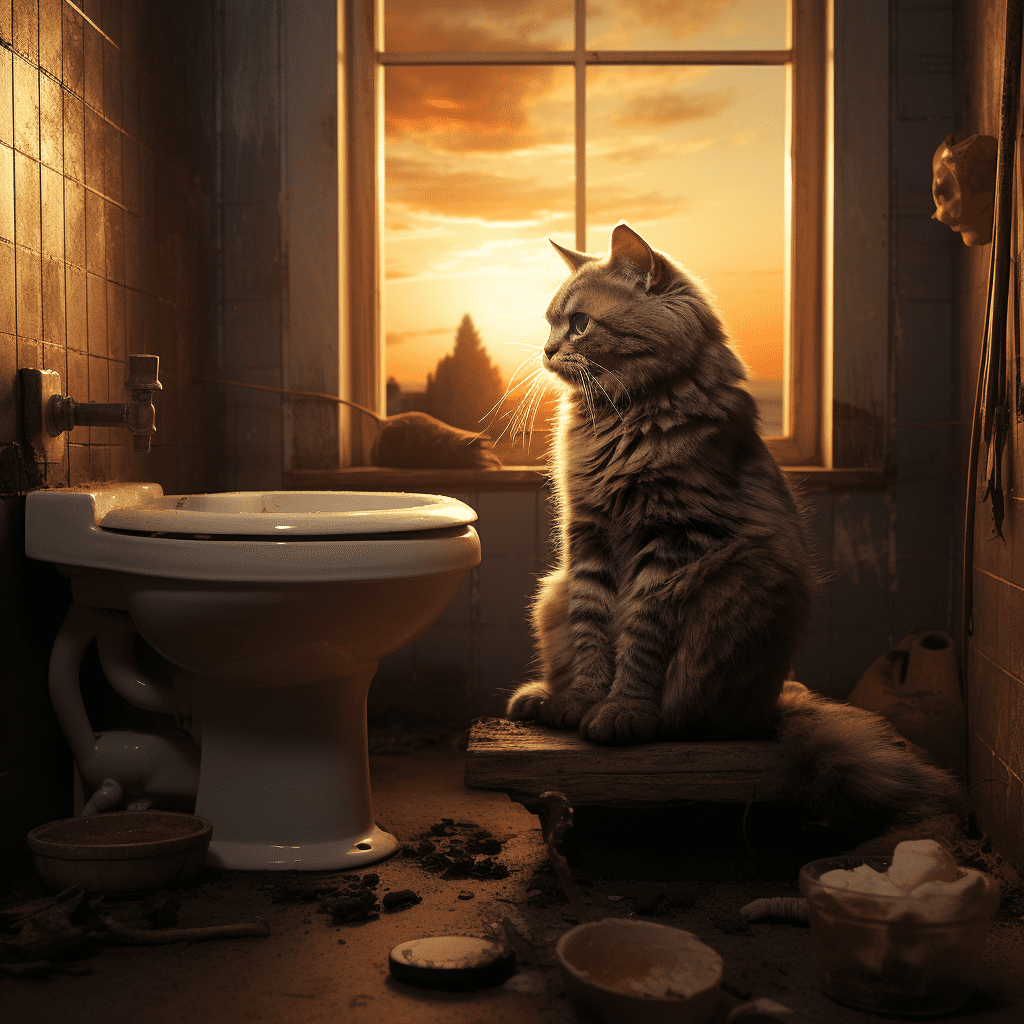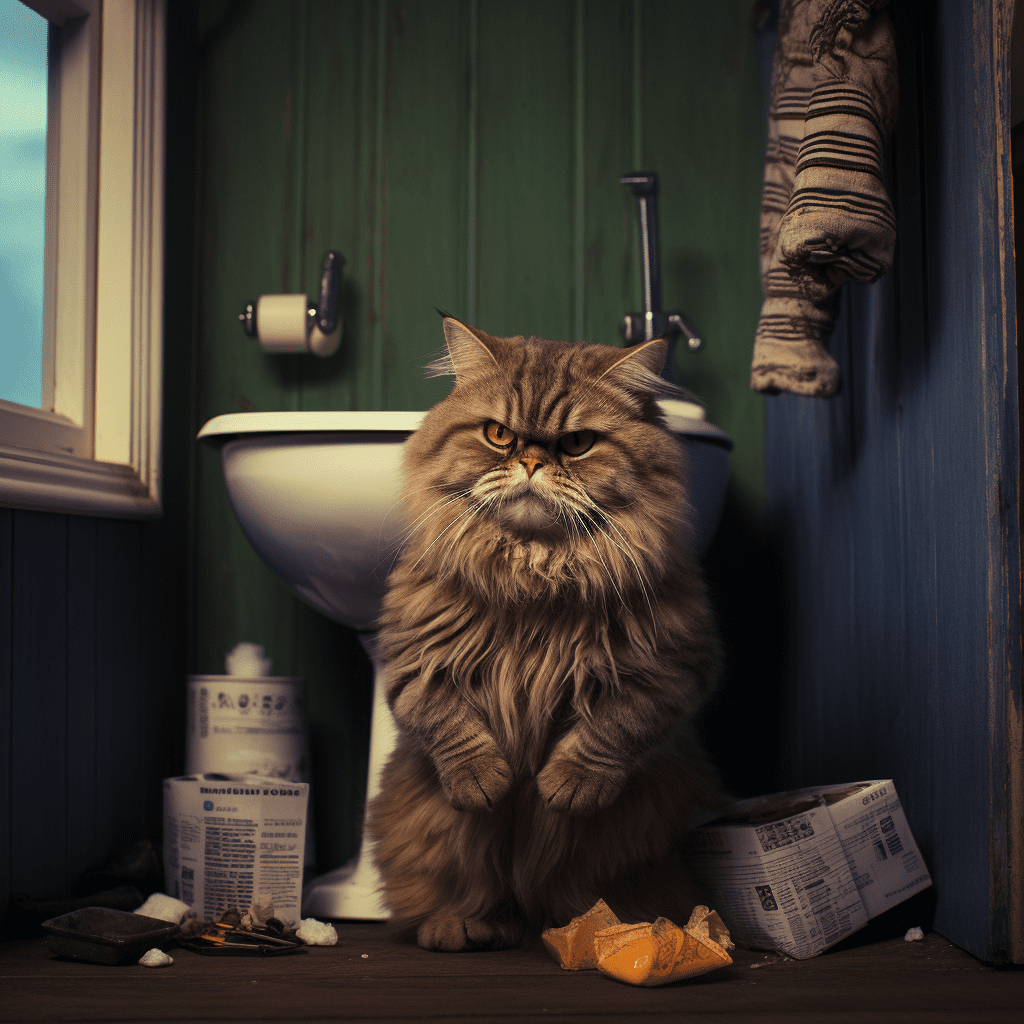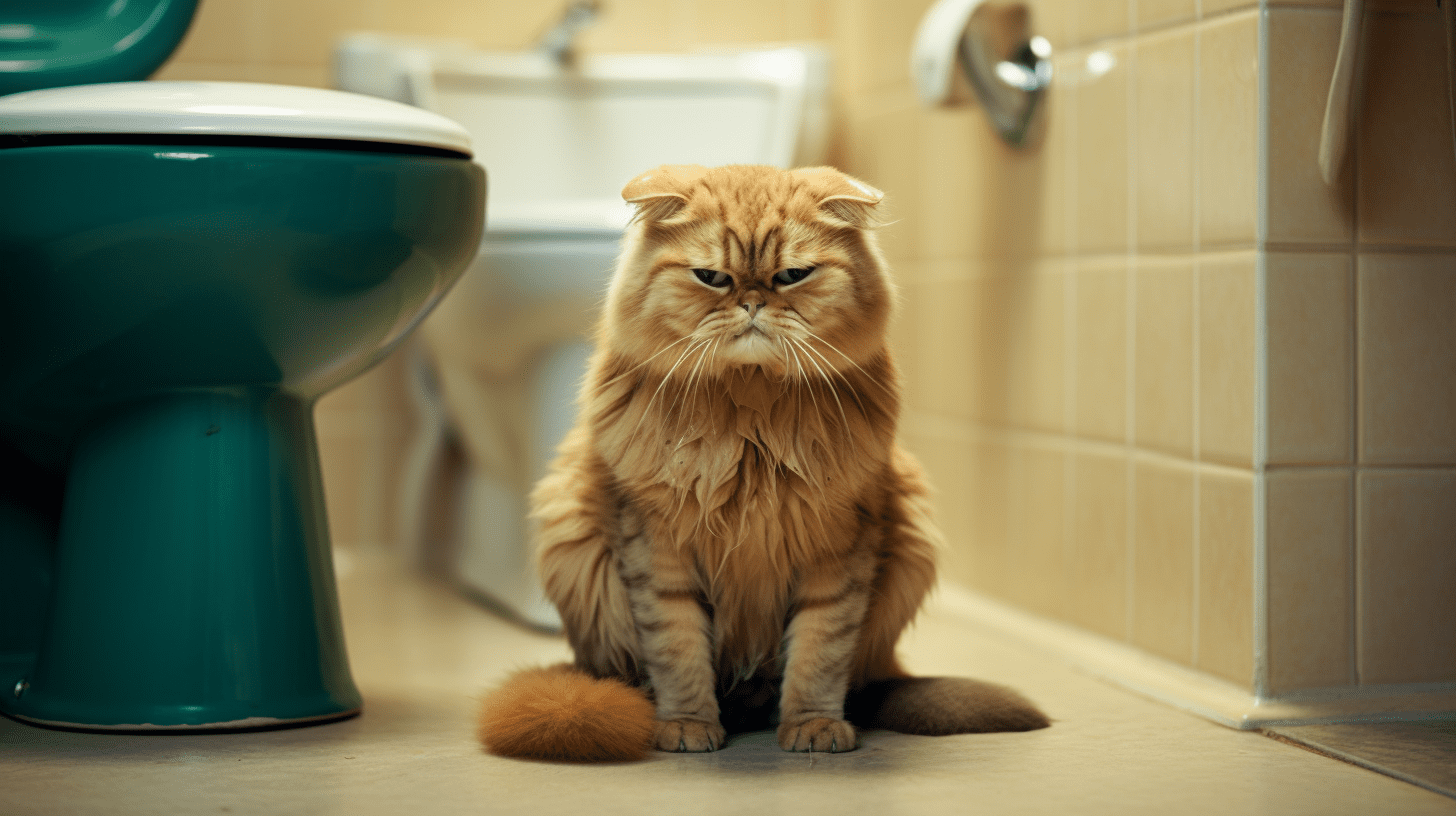A Comprehensive Guide to Cat Waste Management
Introduction to Cat Waste Management
Cats are cherished companions in our homes, and as responsible pet owners, it’s crucial to understand all aspects of their well-being, including waste management. Dealing with cat waste is not only about cleanliness but also plays a significant role in monitoring your feline friend’s health.
Understanding Cat Digestive Health
Digestive health is key to your cat’s overall well-being. The process your cat’s body goes through to convert food into energy and dispose of waste is vital to keep track of. It’s just as important to know what goes into your cat as what comes out.

Signs of Healthy vs. Unhealthy Cat Waste
Recognizing the signs of healthy and unhealthy waste can alert you to potential health issues. Here’s what to look for:
Healthy Cat Waste:
- Firm and brown stools
- Moderate odor
Unhealthy Cat Waste:
- Diarrhea or overly hard stools
- Unusually strong odor
- Presence of blood or mucus
Common Issues with Cat Waste
Cat owners might encounter common hazards related to cat waste, such as Toxoplasmosis, and diseases can spread through improper waste handling.
Key Takeaways:
- Always wear gloves when handling cat waste.
- Wash your hands thoroughly.
Solutions for Handling Cat Waste
Here we discuss practical solutions for managing cat waste, like using clumping litter, providing a clean litter box, and considering environmentally friendly options.
Key Takeaways:
- Maintain a clean litter box
- Consider biodegradable litter

Environmental Impact of Cat Waste Disposal
The disposal of cat litter and waste has a significant environmental impact. Non-clumping clay litters are not biodegradable and can be harmful to the environment.
Strategies for Eco-Friendly Disposal:
- Use biodegradable litter
- Composting cat waste (where safe)
Advanced Cat Litter Technologies
Innovations in cat litter provide owners with advanced options, such as silica gel and recycled paper products. These technologies often offer better odor control and easier waste management.
Comparing Advanced Litters:
| Type | Benefits | Considerations |
|---|---|---|
| Silica Gel | Odor Control | Non-Biodegradable |
| Recycled Paper | Eco-Friendly | Less Clumping |
FAQ: All About Cat Waste Management
-
What are the signs of a healthy cat stool?
- Healthy cat stool should be firm, brown, and have a moderate odor. Any significant changes in these characteristics may indicate health issues and warrant a vet visit.
-
How often should I clean my cat’s litter box?
- It’s recommended to scoop the litter box daily and change out the litter and clean the box thoroughly at least once a week to maintain hygiene and monitor your cat’s waste.
-
Can I flush cat waste down the toilet?
- Generally, you should avoid flushing cat waste down the toilet, especially if it’s clumping litter, as it can clog plumbing and may not be safe for local water treatment processes.
-
Which type of cat litter is the most environmentally friendly?
- Biodegradable litters, such as those made from recycled paper, wheat, or corn, are considered more environmentally friendly options.
-
How can I minimize odor from my cat’s litter box?
- Using an advanced litter that offers better odor control, cleaning the litter box frequently, and placing it in a well-ventilated area can help minimize odor.
-
Can cat waste be composted?
- While some may suggest composting cat waste, it’s important to note that it can contain harmful parasites like Toxoplasma gondii and should be done with caution, using methods specifically designed to handle pet waste.
-
Is it safe to handle cat waste when pregnant?
- Pregnant women should take extra precautions when handling cat waste due to the risk of Toxoplasmosis. It’s safer to let someone else deal with the litter box during pregnancy.
Remember, for more in-depth information and tips on maintaining your cat’s health, do not hesitate to explore our comprehensive resource on cat health.
Conclusion and Final Thoughts
In conclusion, managing your cat’s waste responsibly is an essential part of pet ownership. By being aware of the options and health indications, you can ensure your cat remains happy and healthy. We encourage you to visit our detailed guide on cat health for more information on your cat’s overall well-being.
Remember, a clean cat is a happy cat!
